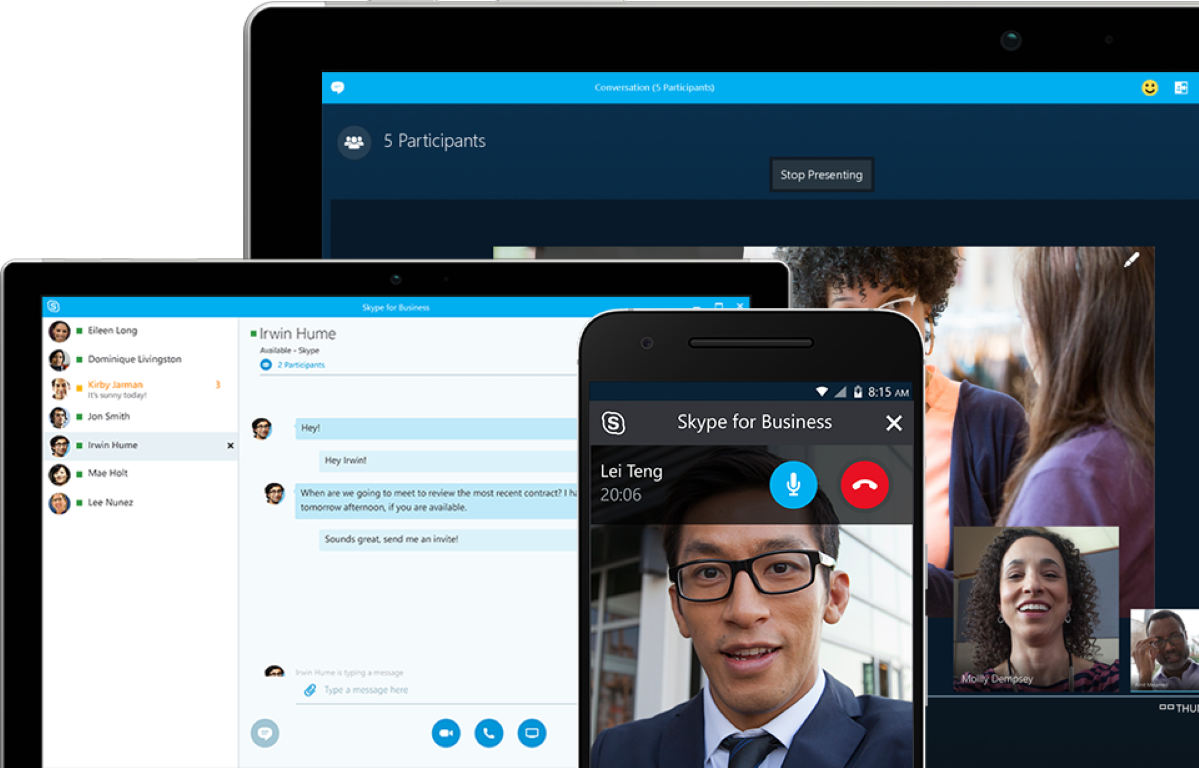
- ORGANIZATION BEGAN USING SKYPE VIDEO CONFERENCING 2011 FOR FREE
- ORGANIZATION BEGAN USING SKYPE VIDEO CONFERENCING 2011 FULL
- ORGANIZATION BEGAN USING SKYPE VIDEO CONFERENCING 2011 WINDOWS
That alone was a huge blow to the app’s security levels.
ORGANIZATION BEGAN USING SKYPE VIDEO CONFERENCING 2011 WINDOWS
Success breeds competition, so more and more rival apps like Snapchat, WhatsApp, and Messenger were starting to appear, all geared up to compete for dominance with Skype.īut the true beginning of the end for Skype came in 2013 with the Windows Phone introduction, when Skype migrated from P2P networks to cloud-powered servers. Sure thing, even on Skype’s peak, when it used to have over a billion downloads and hundreds of millions of users, it wasn’t all rainbows and unicorns.
ORGANIZATION BEGAN USING SKYPE VIDEO CONFERENCING 2011 FULL
But how could this possibly have happened to the app so popular its name is in the Oxford English Dictionary? So flourishing and full of promise, Microsoft had to cough up $ 8.5 billion to get their megacorporate claws into it? Let’s try and figure this out together. In fact, it came off as a long-overdue move. The saddest part is that no one’s even surprised at this point.

Enterprise-grade security ensures the safety and privacy of your group chats, file-sharing, and collaborative projects. The app provides the platform for hosting audio, video, and web conferences with employees and individuals outside your organization located anywhere in the world. Microsoft Teams supports collaboration with groups of virtually any size. Skype for Business can be integrated with other Microsoft Office applications. The tool features enhanced security and the ability to manage user accounts. Skype for Business extends the functionality of basic Skype and can host meetings of up to 250 participants. You can buy credits through the app to make calls to mobile phones and landlines.
ORGANIZATION BEGAN USING SKYPE VIDEO CONFERENCING 2011 FOR FREE
What are the Differences Between Microsoft Teams and Skype?īasic Skype is available for free and is appropriate for use in homes and small businesses while supporting up to 20 users. Teams provides users with beneficial features like file sharing, editing, and the ability to conduct group discussions.

Built on a SharePoint foundation, Teams combines the video conferencing, screen-sharing, and chat capabilities of Skype with enhanced collaborative and document management features. Teams offers users the features required by the modern remote workforce. The introduction of Big Data with its volume of information has led to companies looking for collaborative and content management tools that cannot be met with the functionality of Skype video and chat. Microsoft’s SharePoint platform is an example that provides users with the ability to collaborate remotely. The popularity of the tool was spurred on by the rise of the remote workforce built on enhanced mobile technology as well as faster and more reliable networks.Īs the technologies behind the remote workforce mature, the cloud has become a major player in providing viable business solutions. Skype quickly became a very popular Voice Over IP (VoIP) communication application by helping globally diverse teams collaborate in real-time. Why Microsoft Chose to Replace Skype with Teams? The company advertises Teams as a “hub for teamwork” and has invested heavily in integrating video, chat, voice, and document collaboration into a unified and easy-to-use solution. Microsoft had made it clear that their long-term plans were to phase out Skype and focus on making Teams the main communication platform for their users. The move away from Skype in favor of Teams has been expected for some time. After that, Microsoft is forcing users to switch to Teams for their screen sharing, communication, and conference calling needs.

Current customers can continue to use Skype for Business until August 1, 2021, including adding new users if they wish. The company has announced Skype for Business end of life and will cease supporting the product on July 31, 2021, after which it will not be available to users.

It looks like Microsoft has just pronounced a definitive sentence to the once world-favorite video conferencing app. Let's take a look closer at the question “Is Skype going away?”


 0 kommentar(er)
0 kommentar(er)
